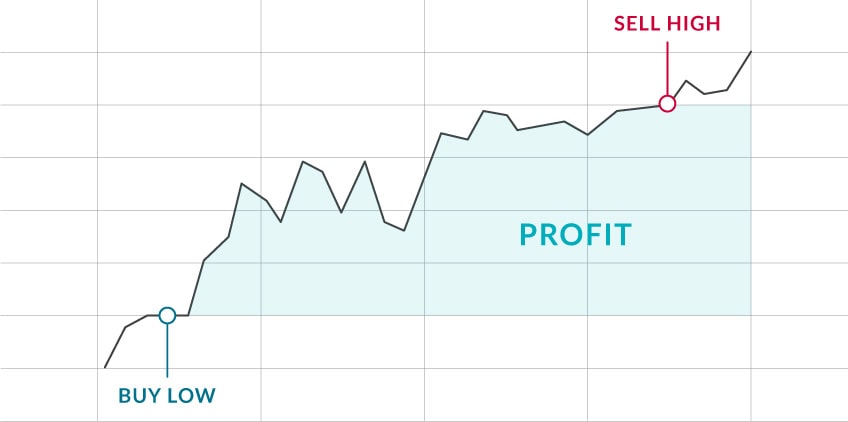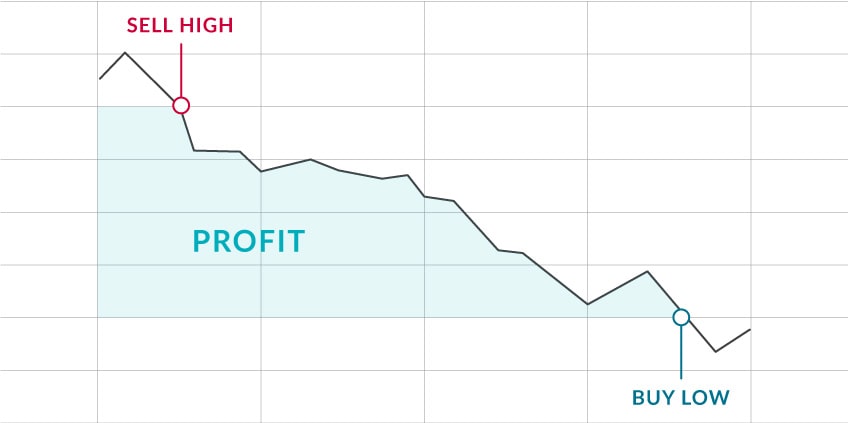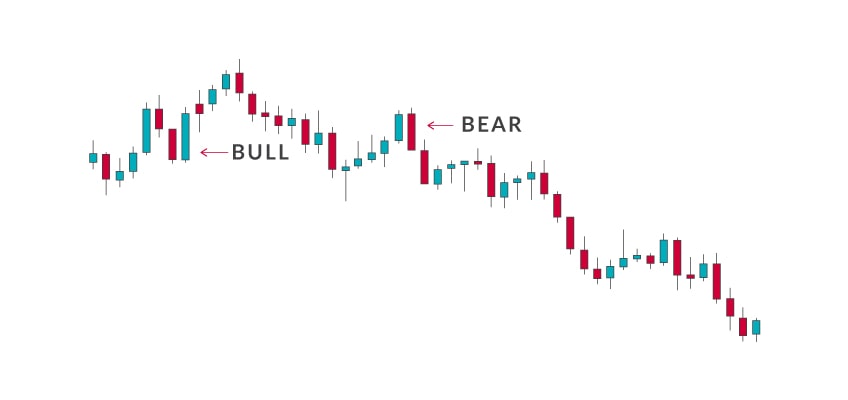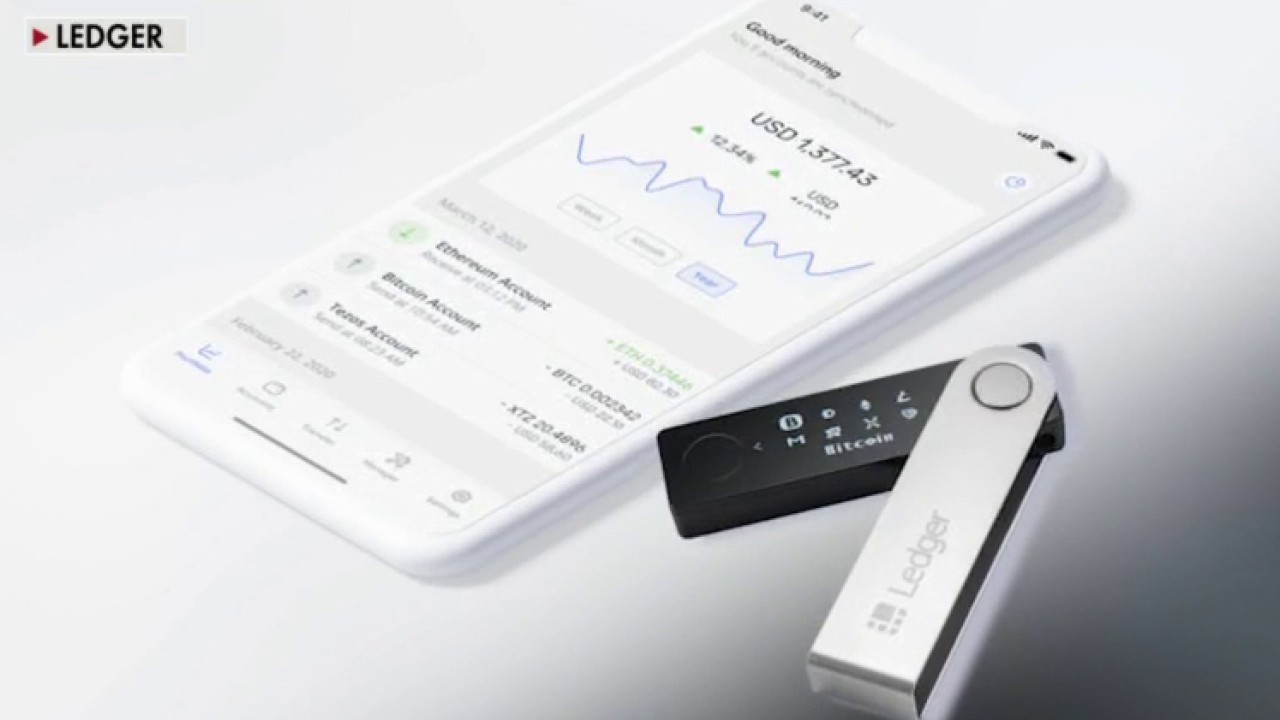Cryptocurrencies are swiftly transitioning from being an alternative form of finance to becoming mainstream, seeing an ever-growing interest from various types of investors, ranging from retail to institutional.
These digital currencies, underpinned by Blockchain Technology, offer a novel way of executing financial transactions, characterized by decentralization, security, and anonymity. As a result, they're creating a new dynamic in the global financial ecosystem that can't be ignored.
However, to successfully navigate this new landscape, it's crucial to comprehend the workings of Cryptocurrency Exchanges, which is the primary platform where buying, selling, and trading of these digital assets occur. Equally important is understanding Cryptocurrency Wallets which serve as the storage medium for your digital assets, and the security measures required to safeguard these wallets from theft or loss. Since cryptocurrency trading is inherently volatile, Risk Management becomes a critical aspect as well.
Additionally, successful trading requires a well-structured Trading Strategy, underpinned by a sound understanding of both Fundamental and Technical Analysis. Furthermore, the growing involvement of regulators worldwide and the resultant Impact of Regulations on the cryptocurrency market is another vital domain to understand. Finally, as with any form of trading or investment, it's crucial to consider the Tax implications related to cryptocurrency trading to ensure compliance with local laws and regulations.
Contents: How to Trade Cryptocurrencies
- Introduction to Cryptocurrency and Blockchain Technology
- Trading Cryptocurrency CFDs
- A cryptocurrency trading CFD example
- Understanding Cryptocurrency Exchanges
- Forecasting Cryptocurrency prices
- Fundamentals
- Technical Analysis
- Trading Cryptos on margin
- Advanced order types to trade cryptos
- Cryptocurrency Wallets and Security Measures
- Managing Risks in Cryptocurrency Trading
- Building a Cryptocurrency Trading Strategy
- Applying Fundamental and Technical Analysis in Crypto Trading
- Impact of Regulations on Cryptocurrency Trading
- Taxes and Cryptocurrency Trading
Introduction to Cryptocurrency and Blockchain Technology
In the digital world, cryptocurrencies have emerged as a new asset class that has gained significant popularity due to their potential for high returns. The technology that underpins these digital assets is blockchain. Blockchain technology is a decentralized, distributed ledger system that records transactions across multiple computers to ensure transparency and security. (Suggest an illustration showing the working of a blockchain)
- Decentralization: Unlike traditional currencies controlled by central banks, cryptocurrencies are decentralized. This means no single entity has control over the currency.
- Transparency: All transactions made using cryptocurrencies are recorded on the blockchain and are visible to all the participants, ensuring full transparency.
- Security: Cryptocurrencies use cryptographic techniques for secure transactions, making them highly secure and resistant to fraud.
Trading Cryptocurrency CFDs
Contracts for Difference or CFDs, as they are commonly referred to, are derivative instruments that enable traders to speculate on a wide range of financial markets, without taking direct ownership of the underlying asset.
The cryptocurrencies are traded as pairs against regular currencies. For example Bitcoin, the most famous ‘crypto’ is traded as
BTC/USD – Bitcoins valued in US dollars
BTC/GBP – Bitcoins valued in British pounds
BTC/EUR – Bitcoins valued in euros
BTC/JPY – Bitcoins in Japanese yen
BTC/CHF – Bitcoins in Swiss francs
There is no need to obtain an account with a Bitcoin exchange or a bitcoin wallet to trade. FlowBank takes the cryptocurrency price from the most reliable exchanges as well as the CME futures prices for Bitcoin.
A cryptocurrency trading CFD example
Using CFDs to trade cryptocurrencies offers the flexibility of taking a position on whether Bitcoin rises or falls without having to actually own any Bitcoin. This means that there are more trading opportunities available, as profit can be made from buying or selling cryptocurrencies.
The main cost when trading a cryptocurrency CFD is the spread. The spread is the difference between the price you can buy at and the price you can sell at. For example, the price for Bitcoin may be bid 6000 / offer 6050, which means a spread of 50.
Cryptocurrency trading example 1: Going long
Instead of taking ownership of Bitcoin, you can place a ‘long position’. Your position will increase in value as Bitcoin’s price increases. If Bitcoin’s price falls, then your position will lose value.
In this example, the price of Bitcoin is $6000/6050. A trader buys 5 CFDs of Bitcoin for $6050. Each CFD is worth 1 Bitcoin (or 100 Bitcoin cents) so the size of the position is $30,250.
If the price rises 500 dollars to $6500/6550 and the trader closes out the position at $6500 (valued at $32,500) they make a $2250 profit. Alternatively, if the price of Bitcoin falls to $5500/5550 (meaning the position is now worth $27,500), once the position is closed, it would mean a loss of $2750.
Cryptocurrency trading example 2: Going short
You can also place a ‘short’ position so if Bitcoin's price drops, your position increases in value and if the price goes up, your position decreases in value. This is akin to short-selling a company’s shares.
In this example, the price of Bitcoin is $6000/6050. A trader sells short 5 CFDs of Bitcoin for $6000 so the size of the position is $30,000.
If the price rises 500 dollars to $6500/6550 and the trader closes out the position at $6550 (valued at $32,750) they make a $2,750 loss. Alternatively, if the price of Bitcoin falls to $5500/5550 (meaning the position is now worth $27,750), once the position is closed, it would mean a profit of $2,250.
Understanding Cryptocurrency Exchanges
Cryptocurrency exchanges are platforms where you can buy, sell, and trade cryptocurrencies. They play a crucial role in the cryptocurrency market by providing a platform for liquidity and price discovery.
- Centralized Exchanges: These are traditional cryptocurrency exchanges that operate similarly to a bank. They act as intermediaries, facilitating transactions between buyers and sellers.
- Decentralized Exchanges: These are peer-to-peer platforms where transactions occur directly between users without an intermediary. They offer increased privacy and control over one's assets.
Forecasting Cryptocurrency prices
There a two main approaches to analyzing cryptocurrencies: fundamental and technical analysis. Fundamental analysis uses the news and events affecting the coins, exchanges and other crypto businesses. Technical analysis uses only price data to map areas of historical supply and demand for the cryptocurrencies.
Fundamentals
Government regulation, the introduction of new cryptocurrency technology and problems at cryptocurrency exchanges can affect supply and demand for the coins.
One of the advantages of trading cryptocurrencies is that they appear to have lower correlations with traditional asset classes like bonds or stocks.
The performance of cryptocurrency firms, especially in countries with high ownership like South Korea and Japan tend to have an over-sized impact on the price action. The hacking and collapse of the Mt Gox and YouBit digital currency exchanges caused investors to lose faith in the safety of funds held in cryptocurrencies and caused a sharp drop in bitcoin and altcoin prices.
Institutional ownership is growing, and we have seen long-term holders "buy-the-dip", bringing support to cryptocurrencies.
Technical Analysis

Some believe the high concentration of retail traders makes cryptos more true to traditional chart patterns and indications of oversold, overbought conditions etc.
Technical analysis techniques can be applied to any market where the price can freely fluctuate and data is available to see those fluctuations. The FlowBank trading platform has a full suite of all the best-known technical indicators and chart drawing tools.
Trading Cryptos on margin
Using financial leverage, investors are able to trade the markets with a smaller initial deposit. This makes CFD trading more accessible and cost-effective than other investment methods. However, it also carries an extra level of risk. It is critical that an investor fully understands how CFD trading works and has a sound risk management strategy in place before opening a position.
Advanced order types to trade cryptos
Trading cryptocurrencies with FlowBank's advanced trading platforms offers the ability to utilise advanced order types to place trades and importantly, to manage risk. For example, there will be the ability to buy or sell at the current market price or select a preferred entry point using limit and stop orders. These orders will be automatically triggered when the price of the cryptocurrency hits that level.
Cryptocurrency Wallets and Security Measures
A cryptocurrency wallet is a piece of software that allows you to store and manage your digital assets. It contains a pair of cryptographic keys: a public key, which is your wallet address, and a private key for signing transactions. (An illustration of a cryptocurrency wallet)
- Hot Wallets: These are online wallets that are connected to the internet. While they provide convenience, they are susceptible to cyber-attacks.
- Cold Wallets: These are offline wallets that store your private keys on a device not connected to the internet, providing superior security at the cost of convenience.
Additional security measures include using hardware wallets, enabling two-factor authentication (2FA), and regularly updating wallet software.
Managing Risks in Cryptocurrency Trading
Cryptocurrency trading entails substantial risk due to the market's inherent volatility. However, there are several ways traders can manage this risk.
- Position Sizing: Never invest more than you can afford to lose. This can prevent significant financial loss in case the market moves against you.
- Stop-loss orders: This is a standing order to sell an asset when it reaches a particular price. It helps minimize potential losses on a trade.
- Diversification: Don't put all your eggs in one basket. Invest in several cryptocurrencies to spread your risk.
- Research: Prioritize doing your homework. Thoroughly understand a cryptocurrency before investing in it.
- Secure your investment: Use hardware wallets or other secure methods to protect your assets.
Building a Cryptocurrency Trading Strategy
Having a well-thought-out trading strategy is crucial in cryptocurrency trading. Here are some steps to consider:
- Set clear goals: What do you want to achieve with your trading? Having clear goals will guide your strategy.
- Choose your trading style: Are you a day trader, swing trader, or long-term investor? Your trading style will dictate your strategy.
- Choose your assets: Which cryptocurrencies will you trade? Research and choose the ones that align with your strategy and goals.
- Manage your risk: Determine how much you're willing to risk on each trade and stick to it.
Applying Fundamental and Technical Analysis in Crypto Trading
Both fundamental and technical analysis are critical in crypto trading. Here's why:
- Fundamental Analysis: This involves evaluating a cryptocurrency's intrinsic value by looking at the technology behind it, its use case, and more. It helps traders understand the long-term potential of a coin.
- Technical Analysis: This involves analyzing charts and historical price data to predict future price movements. It's particularly useful in short-term trading.
Impact of Regulations on Cryptocurrency Trading
Regulations can significantly affect the crypto market. Here's how:
- Market Stability: Regulatory oversight can bring stability to the otherwise volatile crypto market.
- Investor Protection: Regulations can protect investors from fraud and scams prevalent in the crypto market.
- Global Adoption: Regulatory clarity can promote wider acceptance and use of cryptocurrencies.
Taxes and Cryptocurrency Trading
Tax obligations are an important consideration in crypto trading. Here are some key points:
- Capital Gains: In many jurisdictions, crypto profits are taxed as capital gains.
- Record Keeping: It's important to keep a detailed record of all your crypto transactions for tax purposes.
- Professional Advice: Tax laws for crypto can be complex. It's advisable to seek professional tax advice.










